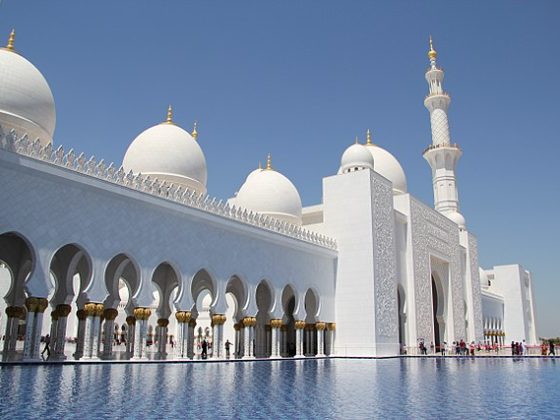Main Description
The Sri Mariamman Temple in Singapore, located in the heart of Chinatown, is the city-state’s oldest Hindu temple and a significant cultural and historical landmark. Built in 1827, it is dedicated to the goddess Mariamman, who is believed to possess healing powers. The temple showcases a rich blend of traditional Dravidian architecture, with intricately carved statues and colorful sculptures depicting Hindu deities.

Patron Goddess
Sri Mariamman, the main deity of the temple, is a South Indian folk goddess with a history spanning over four millennia. Revered by the Tamil community, she is believed to bring prosperity and possess the ability to cure ailments. In early Singapore, where epidemic diseases such as smallpox and cholera were rampant in the jungle environment, she was particularly invoked for her healing powers. The temple itself is a short distance from lodgings like the Mercure ICON Singapore City Centre.
The Architecture
The gopuram, or entryway, of Sri Mariamman Temple, a prominent feature in Singapore’s Chinatown, serves as a striking landmark for worshippers, guiding them to the temple to offer prayers or meditate before entering. This towering structure is intricately adorned with sculptures of Hindu deities, mythological creatures, and various cultural figures, all meticulously crafted from plaster by skilled artisans from South India. If anything, the gopuram itself is one of things to see in Chinatown, Singapore.
The Mandapa, Great Prayer Hall
The main prayer hall of the temple is the site where devotees and priests engage in ancient, sensory rituals. Daily, they carefully select offerings for the gods, such as neem leaves and mangoes, symbolizing purity, and bananas, representing abundance. Prior to each major festival, a flag is raised in the temple’s mandapa to signal the beginning of preparations.
A few tips to acknowledge
Before entering the temple, purify yourself by washing your hands and sprinkling water on your head. Ring the bells at the entrance to announce your visit to the gods, making a wish as you do so—perhaps it will come true! Look for the area where worshippers break coconuts, symbolizing the breaking of their egos, and feel free to try it yourself. Once inside, walk in a clockwise direction and circle the temple an odd number of times. Avoid sitting with your feet pointing towards the deities, priests, or other individuals.




